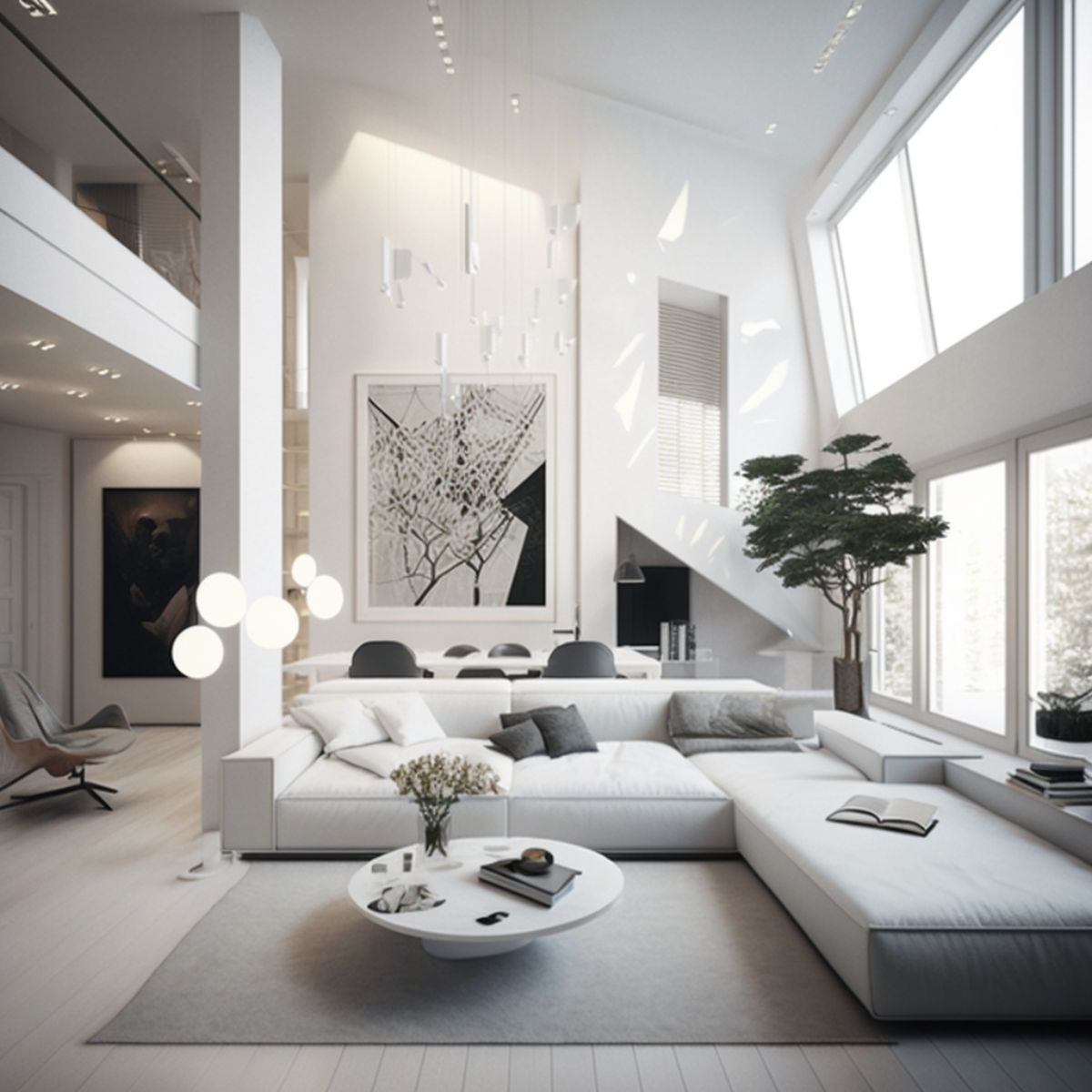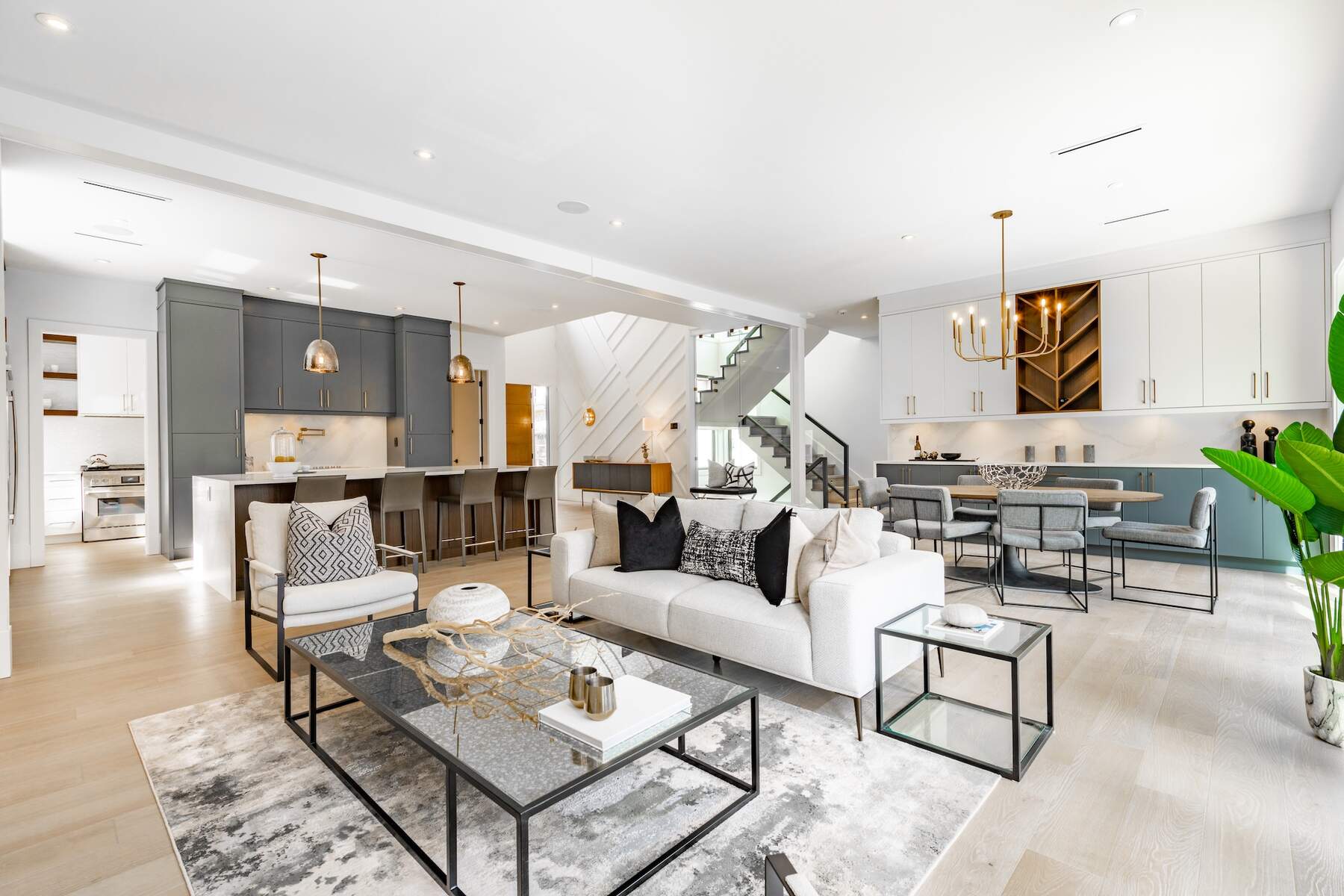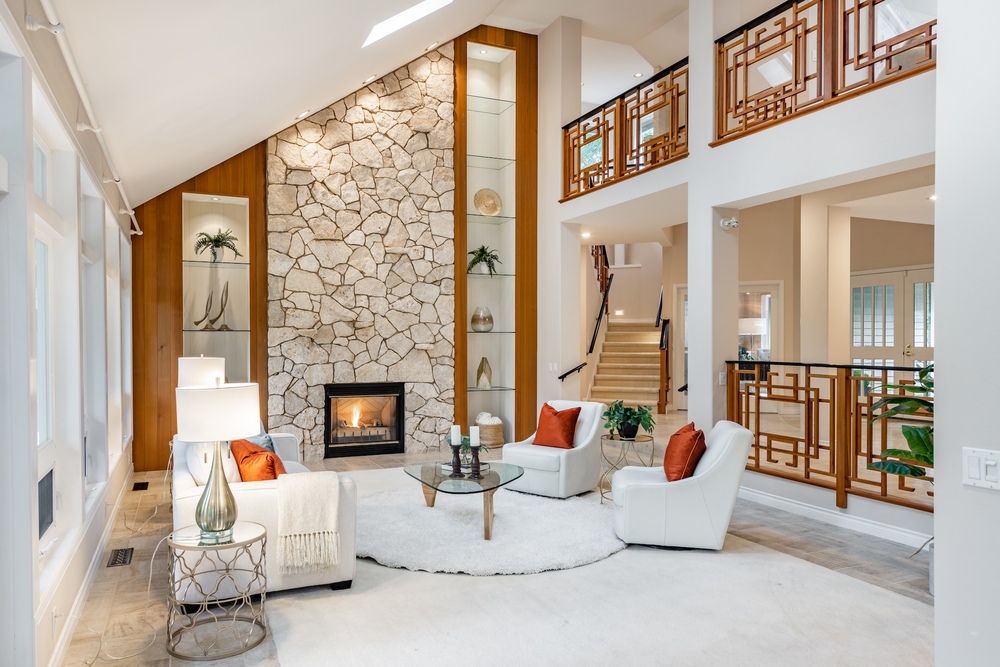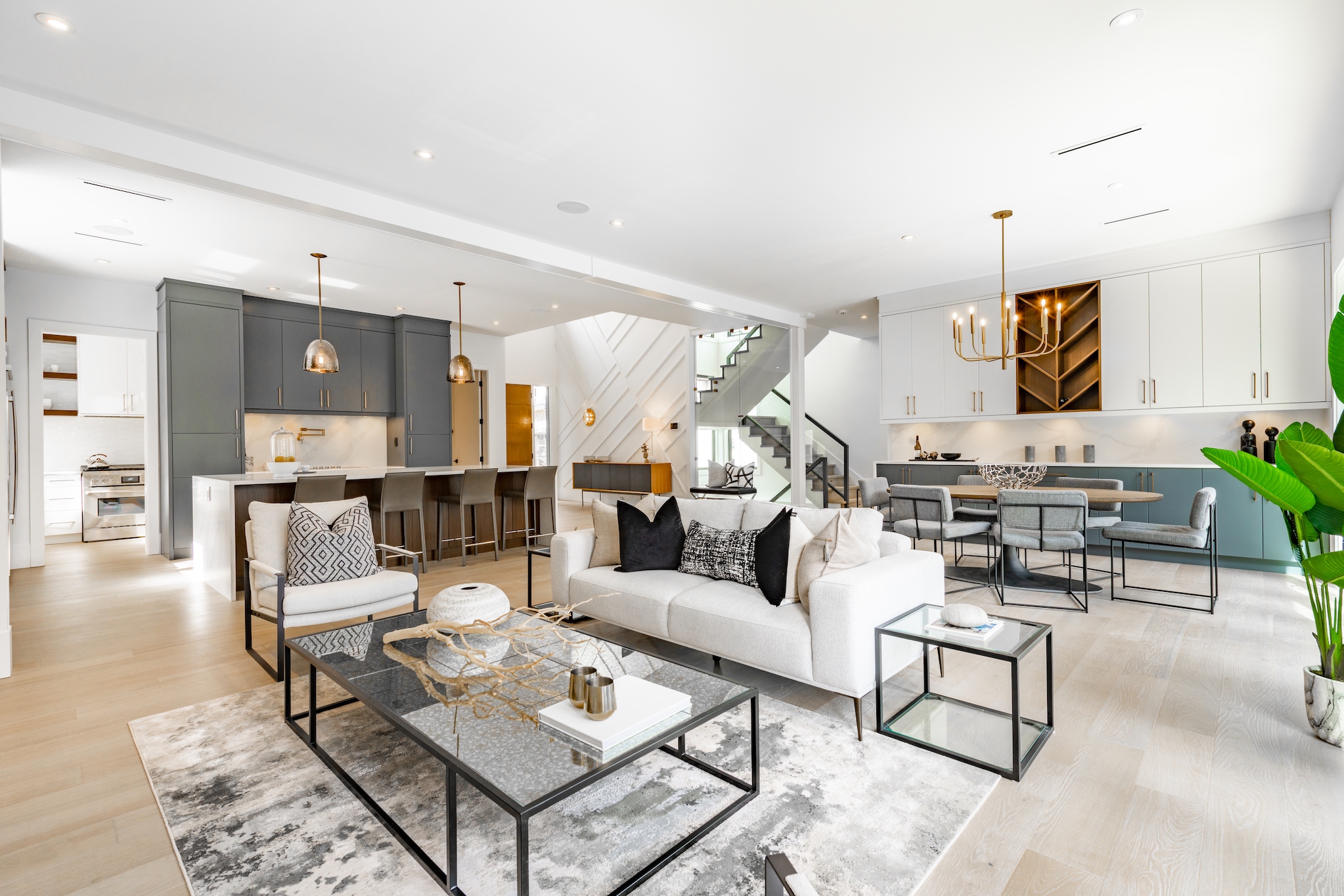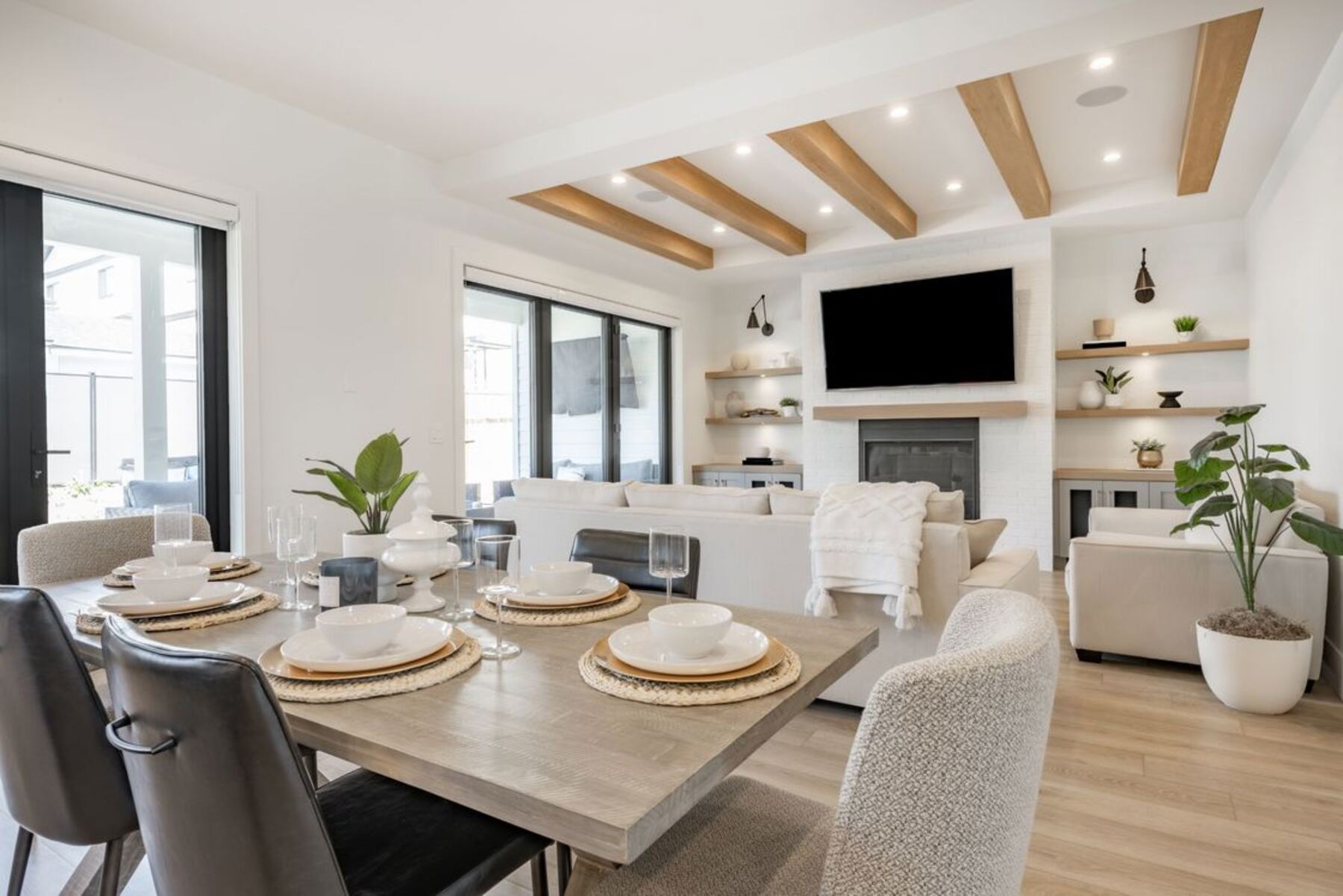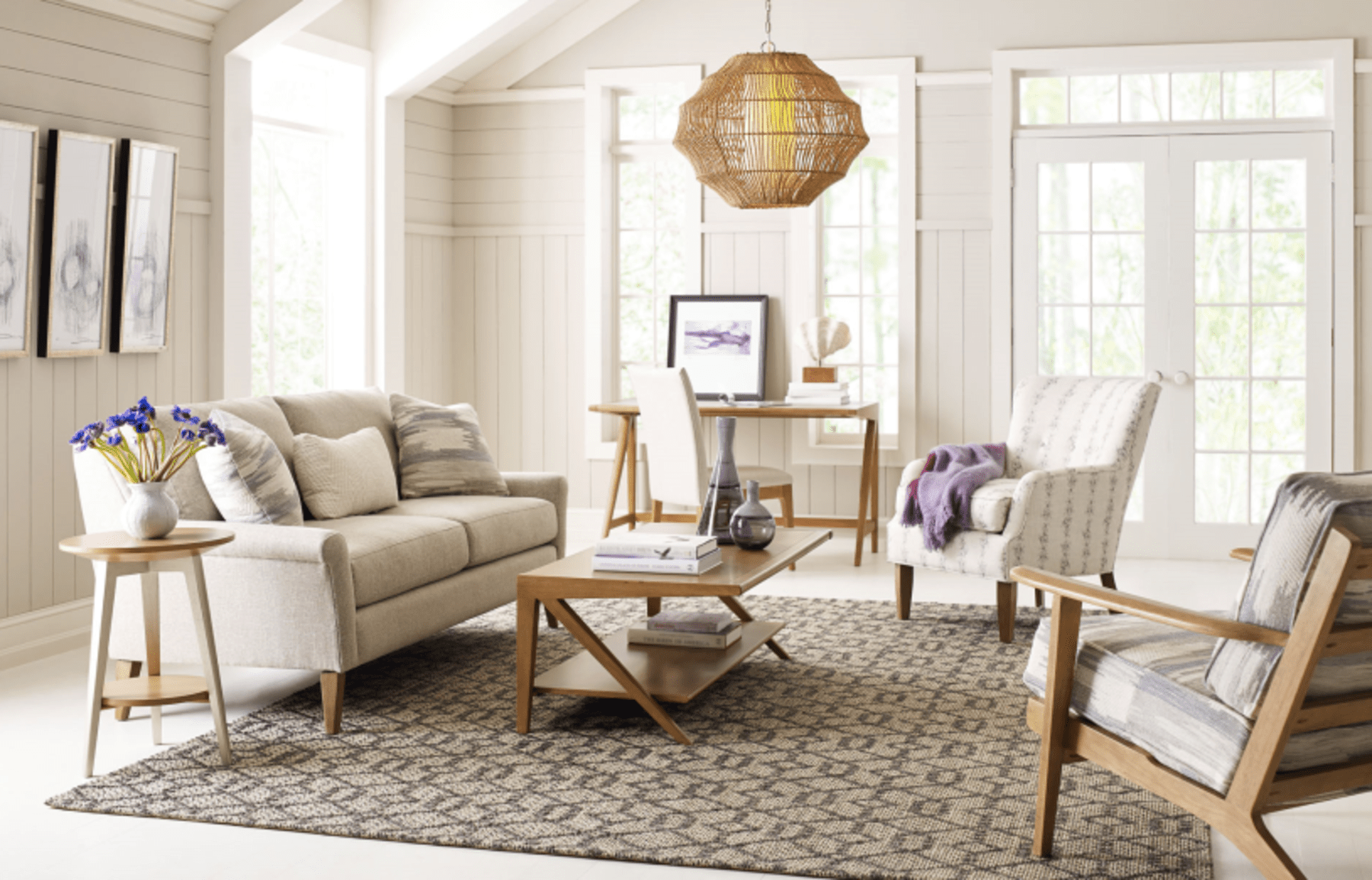I’ve always valued my space and can get jumpy when it’s below par. During my home remodel, I stumbled upon research on how interior design affects your mood. It then became clear that my occasional foul mood was due to my surroundings. Learn how I improved my disposition with interior design.
How Interior Design Affects Mood
I’ve been in the interior decorating services for several years and learn new things daily. While advising clients, I use proven facts as a yardstick. I’ve always had a talent for high-quality interior design. Yet, discovering the relationship between interior design and mood was a game changer for my business.
Handling Interior Design Elements in Improving Moods
The first time I heard I could optimize my interior to improve my mood, I didn’t believe it. Still, I looked into the matter. Then, I realized I could manipulate some aspects of interior design to enhance mood. Some elements involved are:
- Colors
- Lights
- Furniture
- Spatial arrangement
Both private residents and public spaces enjoy minimalist, people-first interior settings. I’ll explain what I mean shortly by narrating my experience and observation.
Controlling My Mood With Color
I had a first-hand experience of the effects of my environment on my mood. Thus, I’ve been experimenting. I noticed that colors had the most influential impact on my mood. Notably, I am optimistic and energetic in a room with warm, vibrant colors like orange, red, and yellow.
A few years ago, I had a depressive episode and could hardly get out of bed in the morning. My trusted friend recommended repainting my house with warm colors. The friend cited research about how specific colors can evoke emotions.
I must confess that my mood improved significantly after the repainting job. So, I also changed the colors of my office walls and furniture.
Calming My Mind With Cool Tones
While warm colors made me feel positive and enthusiastic, I noticed cooler tones like green and blue helped calm my mind. This is why my bedroom walls and furniture are full of distinct shades of soft blue and green. Also, my blood pressure had become easier to manage when I made these changes.
When I lay down after a long day, the tranquility in the room helps me relax my mind and ward off stress. It also helps that my bathroom has shades of gray, white, and soft pink. Being able to relax and get enough sleep in a serene environment leaves me fresh the next day. Thus, it increases my productivity.
For office spaces, the best place to add calm tones is the breakroom. Anyone staying in the breakroom is probably trying to get some rest before work resumes. It is the perfect place for relaxation and should be designed as such.
Switch Things up With Lights
Colors have a role to play, yet so do lights. There was no way I would have improved my mood if I hadn’t switched my home’s lighting up and improved the decor. After all, studies show that lighting has physiological and psychological effects on mood.
Allowing natural light to enter my study and living room helped increase my creativity and productivity. It makes sense since natural light improves mood and may influence sleep quality. I learned to regulate my sleep patterns with lights. In effect, my disposition improved.
Using Artificial Lights to Control Mood
Like natural light, artificial light has also changed my interior and mood. Before I knew the importance of lighting, I would brighten up my room with whatever I could find. Now, I stick to dimmed light fixtures, especially in my bedroom. These warm lights create a cozy and relaxing ambiance.
Noticeably, I get stressed whenever I put on the bright fluorescent lights after a busy day. These bright lights induce negative feelings and tend to disrupt my sleep patterns. Spa owners understand this concept. Thus, spas stick to dimmed light fixtures for relaxing effects.
My team and I switched out the bright fluorescent lights during the last spa remodeling work. We applied it in almost every part of the spa. We replaced them with dimmed blue lights in all the treatment areas and the jacuzzi. The spa owner had so many positive reviews that she called us back to work on her home interior.

Let’s Talk About Spatial Arrangement
There is a reason open floor plans are getting a lot of hype today, and it’s not only because they look good. These open-floor designs are much better than segmented and closed-off interiors. This is especially true in offices or homes with large families.
A friend told me how moving from their segmented home to an open-floor house I designed improved communication. I experienced this first-hand when he hosted a game night with a few close friends. Everyone could interact and socialize with others as they please.
How I Work With Space
I recommend creating a perception of spaciousness in designing an interior. The last time I worked on an office remodel with limited square footage, I created an illusion of space. I did it by doing the following:
- Designing high ceilings
- Adding mirrors to smaller spaces
- Ditching cubicles for open halls
- Removing furniture and art clutter
- Adding see-through floor-to-ceiling doors
Do Not Forget the Furniture
Whenever I discuss how interior design affects my mood, I mention the role of furniture. With conviction, I changed all my regular chairs to ergonomically appropriate options. All my back and neck pain disappeared shortly after. I didn’t need to spend depressive hours with the chiropractor anymore.
No doubt, being more comfortable has influenced my mental health. Also, I’ve fixed my posture by changing my furniture so I walk and look much more confident now than I did ten years ago. When I work from home, I am more focused and relaxed. My productivity level is through the roof.
I ditched a traditional office chair and desk in my study room for two ergonomic chairs and a standing desk. Upgrading my furniture to appropriate options came at a significant cost. Yet, it’s worth it. It was after I found a Leads University study about the link between substandard furniture and mental health disorders.
Get Creative With Mother Nature
I can’t discuss my interior and mental health without mentioning natural elements and biophilic design. Before my home renovations, I noticed how contented and happy I felt whenever I was out and about in natural, serene environments.
When I modified my home interior, I rekindled my innate connection with Mother Nature. Now, I always have fresh plants and flowers inside my house. Something as simple as watching the life cycle of these plants triggers self-reflection. It increases my appreciation for nature.
Apart from the view, I also find the scent of flowers and plants uplifting and fragrant. It helps me cope with stress and boosts my cognitive function as well. Of course, my patio and compound also have breathtaking natural landscaping. However, this post is about my home interior.
Modern Interior Design, Mood, and Productivity
I already mentioned how I created the illusion of space in an office remodel project a while ago. It was one of the many projects requiring a complete switch from traditional closed-off areas to open and spacious settings. Modern offices are choosing these layouts for a good reason.
Studies show that office productivity can suffer when workers are mentally drained. The modern office design considers the mental health of the workers. It explains why we keep getting contracts for minimalistic designs. We have been eliminating excessive ornamentation. They used to be the cornerstones of luxurious offices.
Businesses now realize that simple spaces help relax the minds of employees. It enables workers to focus on tasks. I have also had to change storage options within organizations. It ensures materials are within reach of an employee’s desk. It speeds up workflow and makes things easier for everyone.
Interior Aesthetics Still Matters
I use my office as a blank canvas. It is to explore all the potential benefits of a modern minimalist office workspace. Also, I install them in my contracts. I lean on modern architectures that focus on improving the mood of employees. Yet, this is not to say I neglect the aesthetics of my interior.
A space must still appeal to the eye. This way, it can positively influence the viewer’s mood or productivity. For example, bold, bright colors inject energy into the room. Nonetheless, this doesn’t mean everything should be flashing. The perfect color palette for office space must balance soothing neutral tones and bold colors.
Also, my team and I incorporate sound-absorbing materials in our interior design projects. It is to control noise in office spaces. These include ceiling baffles, acoustic panels, and carpets. I also encourage my clients to invest in noise-canceling devices.
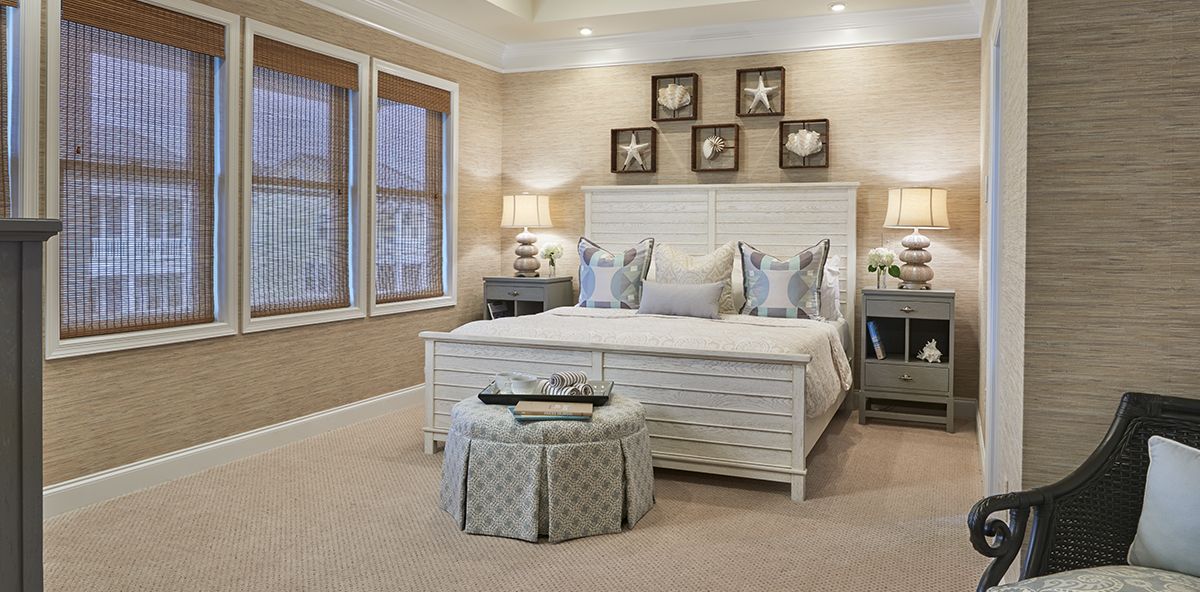
Frequently Asked Questions
How Does Interior Design Affect Our Daily Life?
Interior design affects our daily lives by positively or negatively impacting our mood. Opting for designs and colors that stimulate positive feelings can influence everything else.
Can I Make My Interior Design Mood Friendly on My Own?
Yes, we can make our interior design mood-friendly on our own. Yet, we’ll benefit from a professional who’s knowledgeable on the subject.
What Is the Best Interior Lighting for Energy and Vitality?
The best interior mood lights for energy and vitality are red and yellow. Red LED lights affect the human brain more than any other color. It is the best for increasing mental alertness.
Conclusion
I’ve only scratched the surface of how interior design affects mood. Yet, enough evidence supports a correlation between these two factors. Undoubtedly, there will be more innovative ways to boost productivity by improving spaces in the future.

